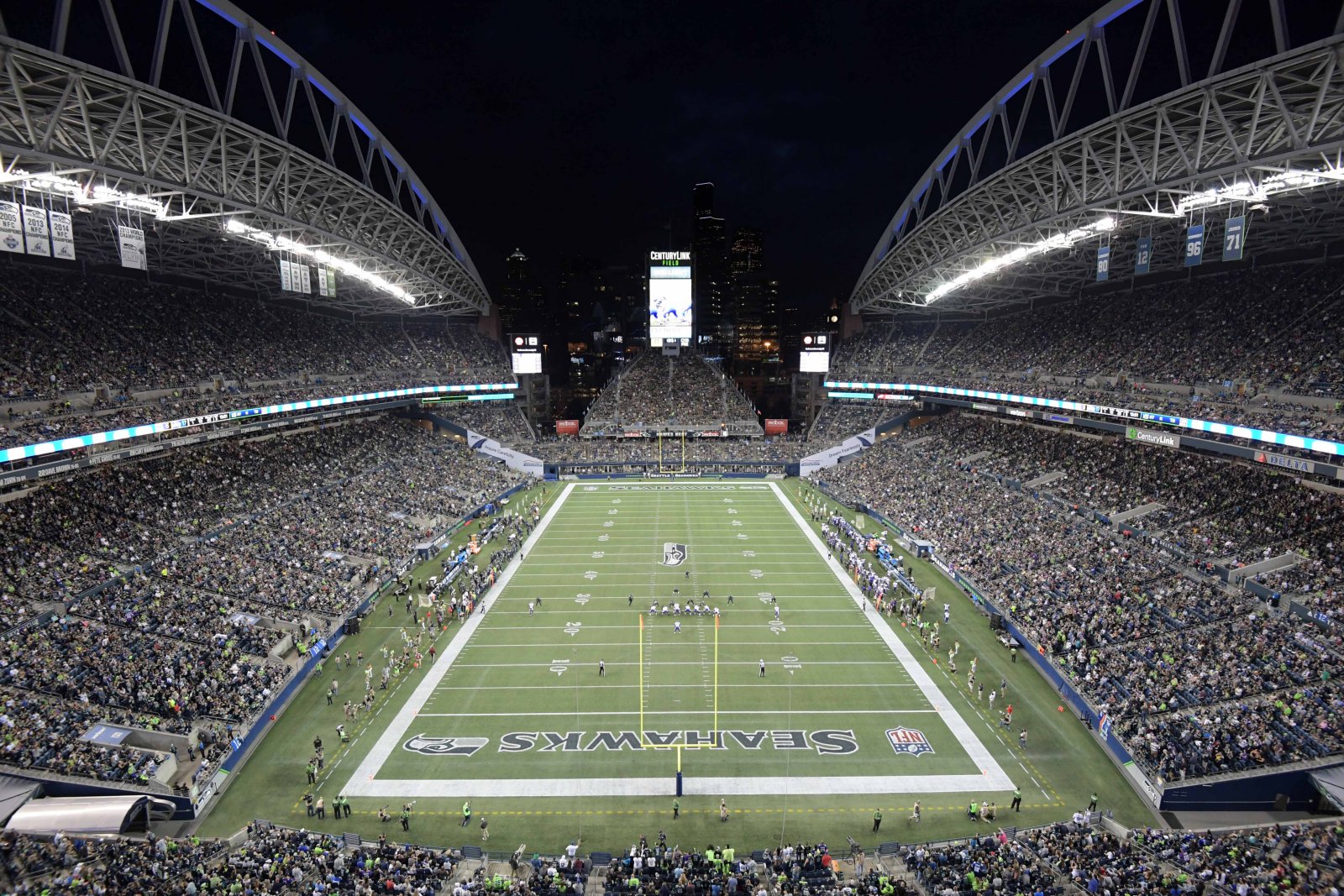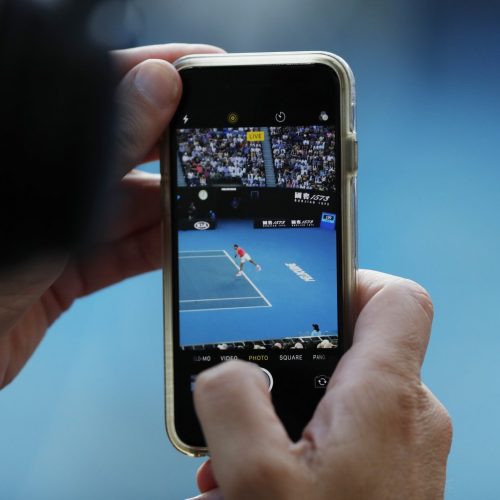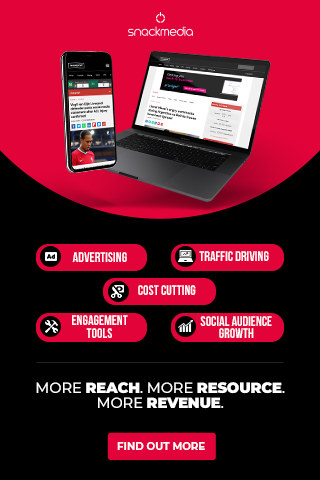You had to be there: How AR can bring the glamour back to watching sport in person
Augmented reality seems to be beginning to find its niche.
Over the last few months, we’ve seen plenty of interesting uses for the technology across plenty of different sectors, not just limited to sport. As we noted some time ago, there’s still something a little bit gimmicky about a sports team creating an AR app for its fans, but that’s to be expected: before a technology becomes truly mainstream, it always takes some getting used to.
But you get the feeling that might start to happen in the not too distant future.
Over the last few months, Football League clubs and NFL teams have experimented with AR in their matchday programmes to bring them to life. Attending a match in a stadium can be a thoroughly strange experience sometimes, because being at an event with thousands of other people can often mean no phone signal and no internet. Reading your team’s programme, too, is not an experience that’s been updated for the modern world. And yet, with the use of an app – though that, too, presupposes an internet connection or stadium WiFi – you can add videos and other digital-based content to the magazine, updating it for the modern world.
Blackpool FC of League One were one of the first to do it, adding a highlights video of one of their goals to a programme earlier this season.
???? Augmented reality makes its debut in the Blackpool programme tomorrow.
Watch @cooke_8's goal come to life from the celebration image. pic.twitter.com/5NMvcFKwq0
— Blackpool FC (@BlackpoolFC) September 15, 2017
The Minnesota Vikings, too, experimented with a similar idea of bringing the programme to life.
Scan the cover of today's Playbook magazine, and view a message from @AnthonyBarr in augmented reality. #SKOL pic.twitter.com/1evT3J9qFf
— Minnesota Vikings (@Vikings) September 24, 2017
But there have been so many different uses of the technology over the last couple of months, too. The Kansas City Chiefs offered the fans in attendance at their home games a promotion with sponsor Coca-Cola. The NFL team partnered with mobile app developer YinzCam to allow fans to scan their Coke cans to create something of a fan loyalty program where points are earned and things like gift cards given away. Just by using an app to scan your soft drink at a sporting event, fans can be rewarded for their loyalty, even if it is only in some small way.
There’s a similar partnership at the Seattle Seahawks, who also teamed up with YinzCam, this time to give discount cards for fans on a mobile app rather than on paper tickets. They could be used in the team’s merchandise stalls and shops around the stadium.
It’s even extended well and truly out of the matchday arena over the last few weeks, as well. Bayern Munich launched an AR app to allow their fans to take a virtual selfie with Arjen Robben or Manuel Neuer from anywhere in the world in an attempt to get closer to their worldwide fanbase and also do something interesting with an emerging technology. That’s an AR use which is available around the world, not just in-stadium.
#MiaSanFamily #fcbayARn
❤️???????? pic.twitter.com/TRX5DYU1ft— FC Bayern US (@FCBayernUS) October 17, 2017
Then there’s going beyond actual sport and into culture, where Nike have created an app to localise the launches of their limited edition trainers, attempting to create a treasure hunt-style game where fans of the latest offerings from the sportswear giant can pick them up by actually going out into the world and finding a limited number of them. Engadget even supposes that this could eliminate the problem of bots eating up all the limited edition trainers and selling them off at marked-up prices.
The last few months haven’t completely seen a breakthrough in AR into the real mainstream of everyday life, but although the buzz may have died down somewhat after Pokemon Go in the summer of 2016, there seems to be much more substance to the offerings, which now actually have relevance to people’s lives – even if we’re limited to small things like gift vouchers and videos in matchday programmes for the moment.
But there is an interesting trend in all of this, too. Over the years, technology has made people closer together, but never by bringing them physically closer. Physical barriers were never embraced but always just made irrelevant. Instant messengers, video calls and image sharing didn’t break anything down but just rendered distance less important than it used to be. But AR does something different: it actually attempts to break down the barrier between the physical world and the digital one, but only under one condition: you have to be there.
Most of the apps we’ve seen over the last few months have the ability to change the way people interact with the world, especially at major sporting events, which are usually one of the few things that haven’t really changed all that much in decades. Updating that seems to be one way that AR can help sport, and increasingly teams are embracing this.
Going to the stadium to watch sport used to be an event in itself. If you’d been to a Champions League game, that seemed impressive. Now you can watch them all – at the same time if you really want – from your sofa, and it’s no longer impressive. But enhancing the matchday experience with AR means bringing some of the glamour back to attending a game in person, and that can only be a great thing.
About author
You might also like
The seven essentials for achieving successful sports branding
By Daniela McVicker When it comes to sports, great branding is a must. Your brand influences how people see your company or team. It helps you to forge connections with
Live Chat: A New Social Experience in Sports
Article written by John S. Kim, CEO and co-founder of global API company SendBird Social media rose to prominence throughout the world due to its potential for connection. Social channels provided the
Snack Media’s Football Content Campaign’s Review: February
By Mike Constanti This series, in partnership with Snack Media, will look at the best football campaigns from advertising to social media on a monthly basis, as Digital Sport evaluates how








